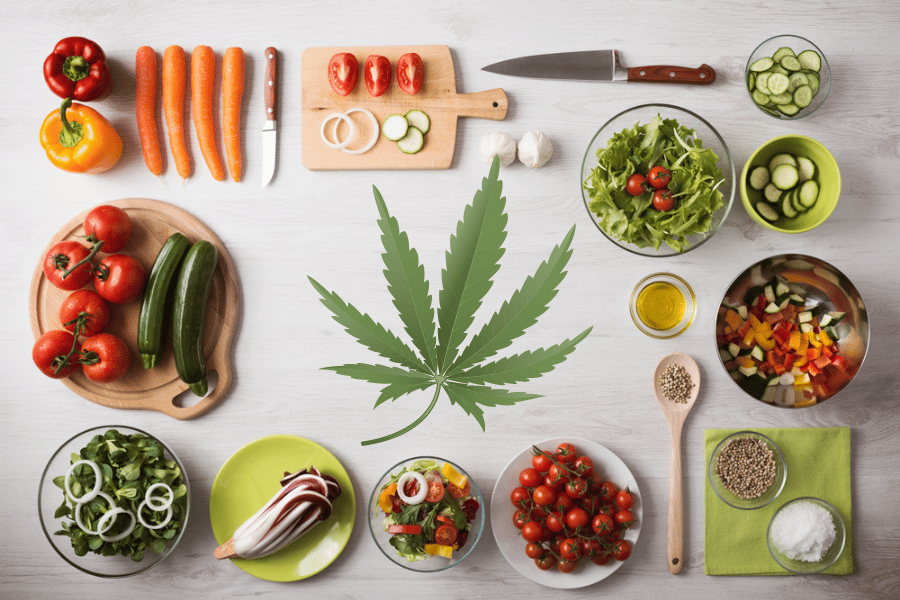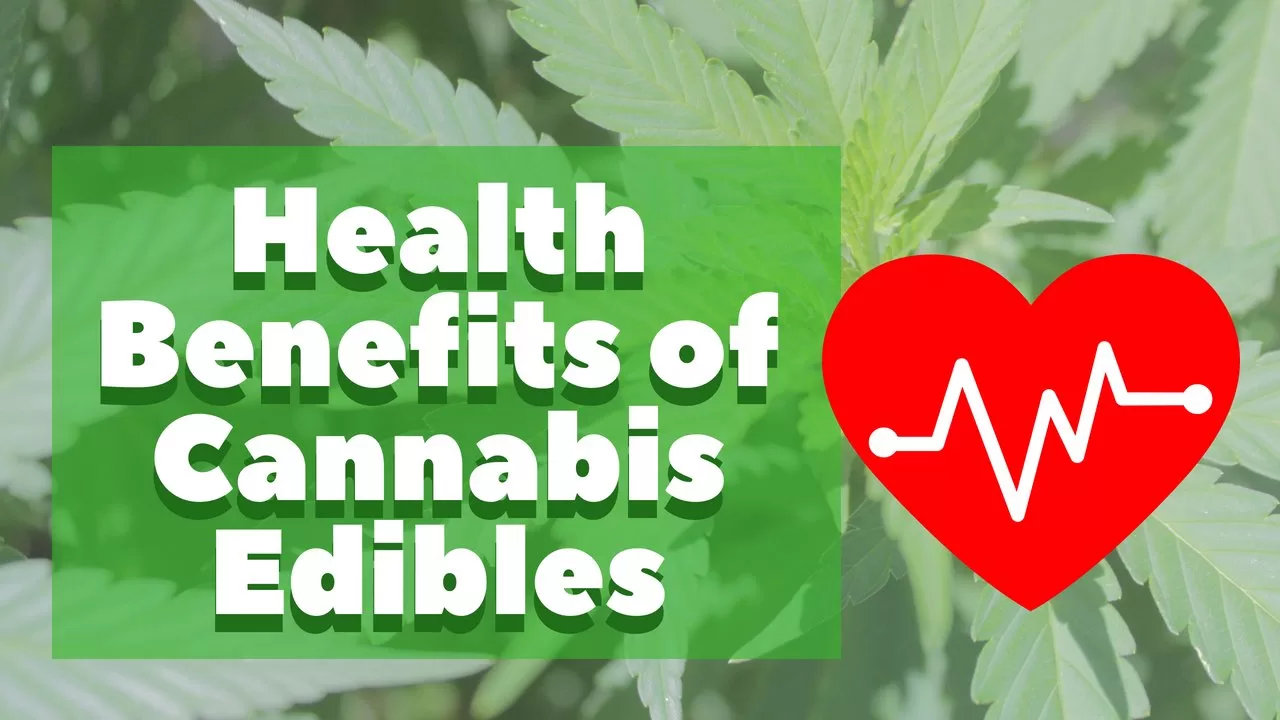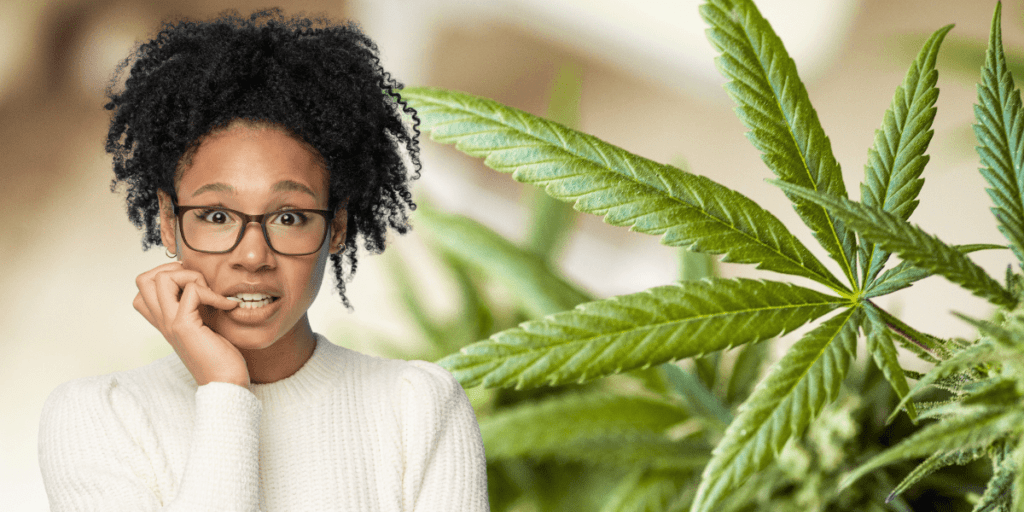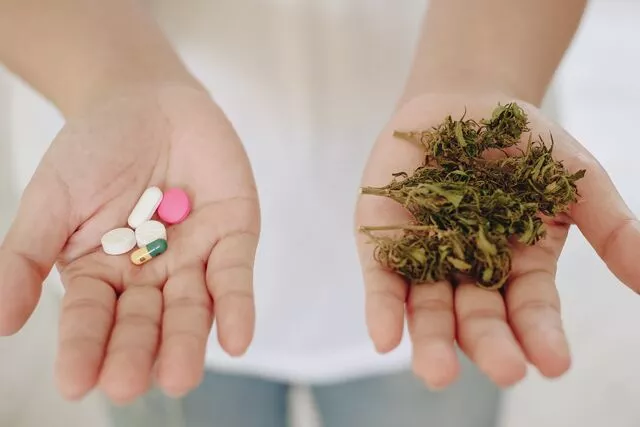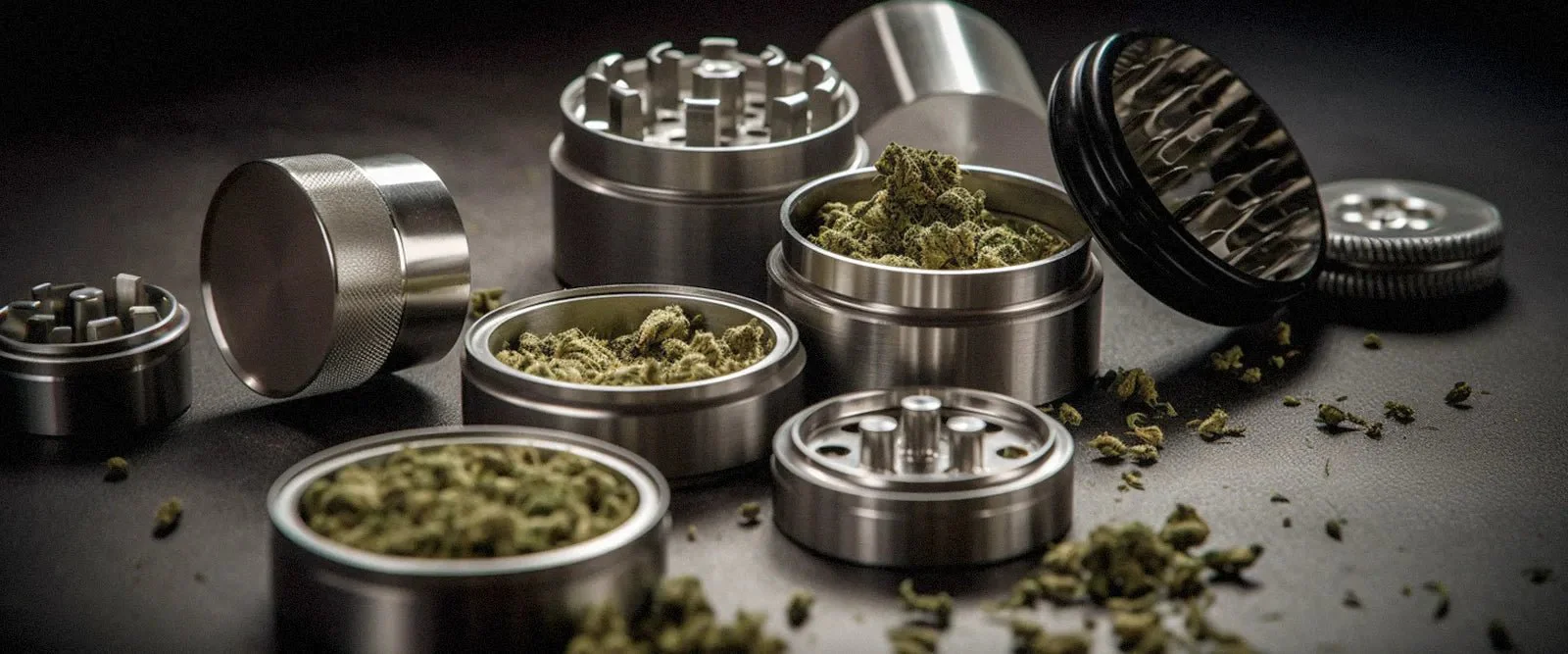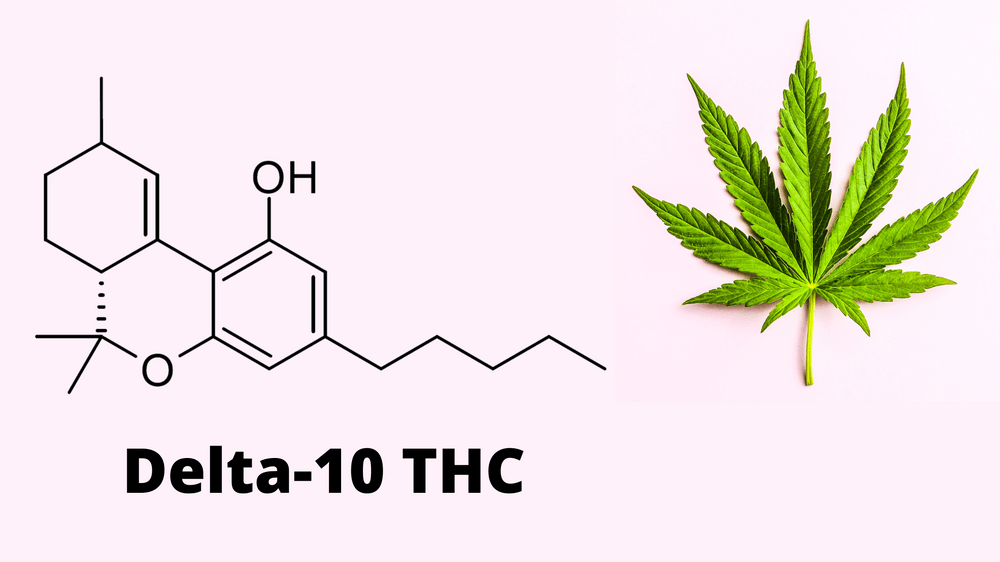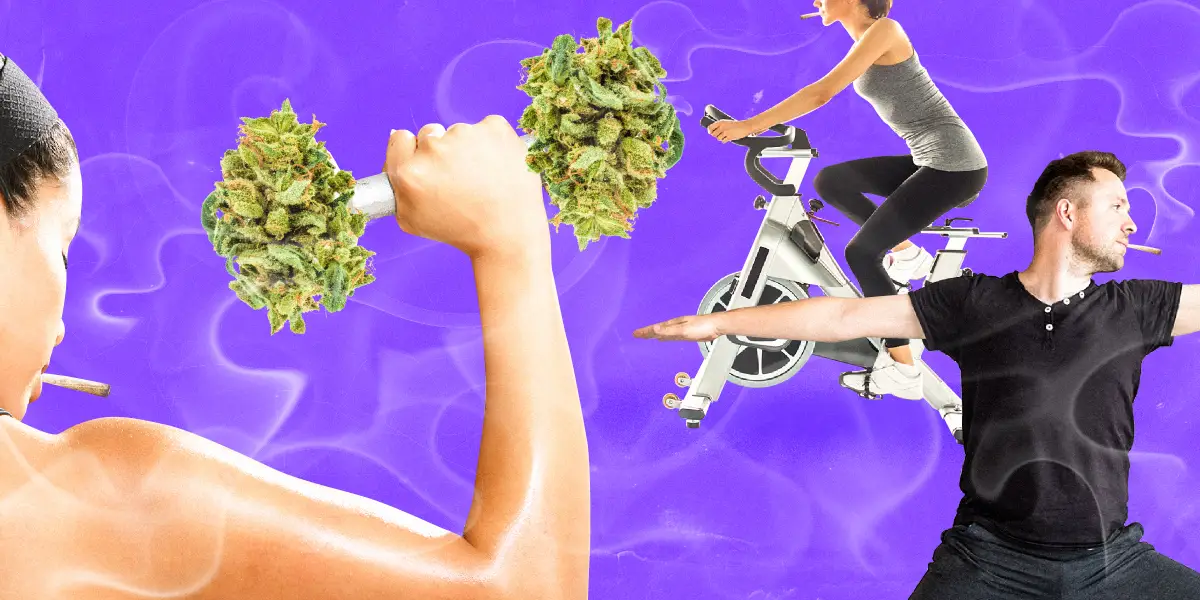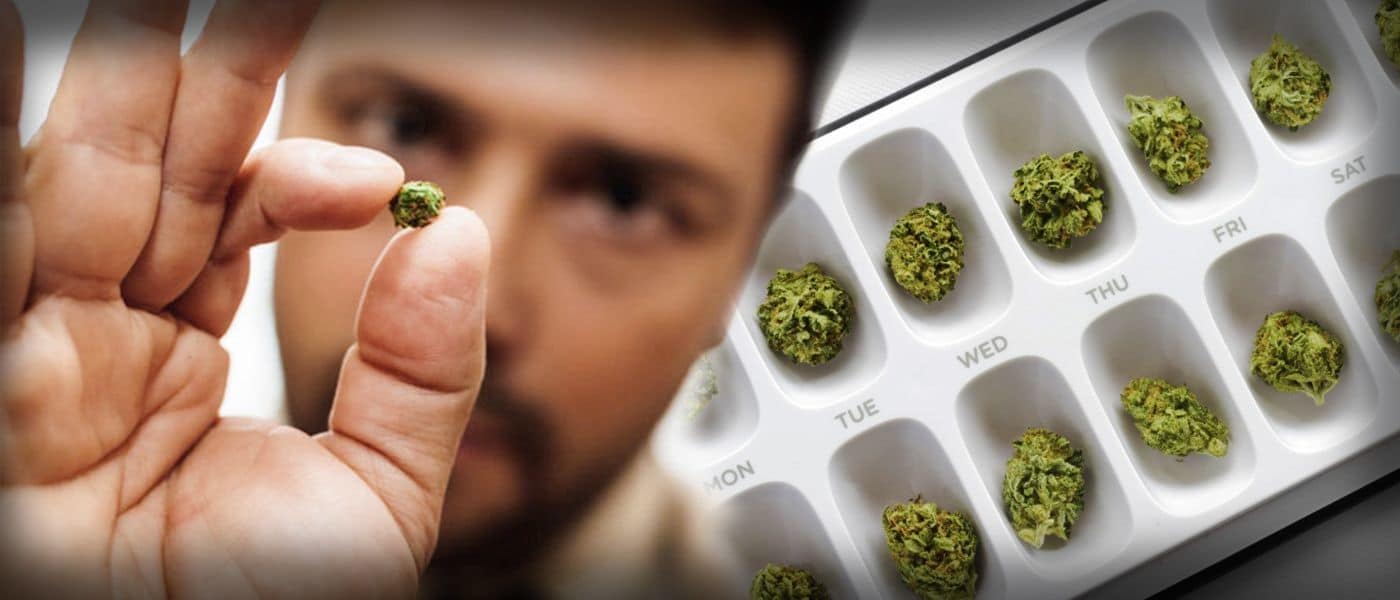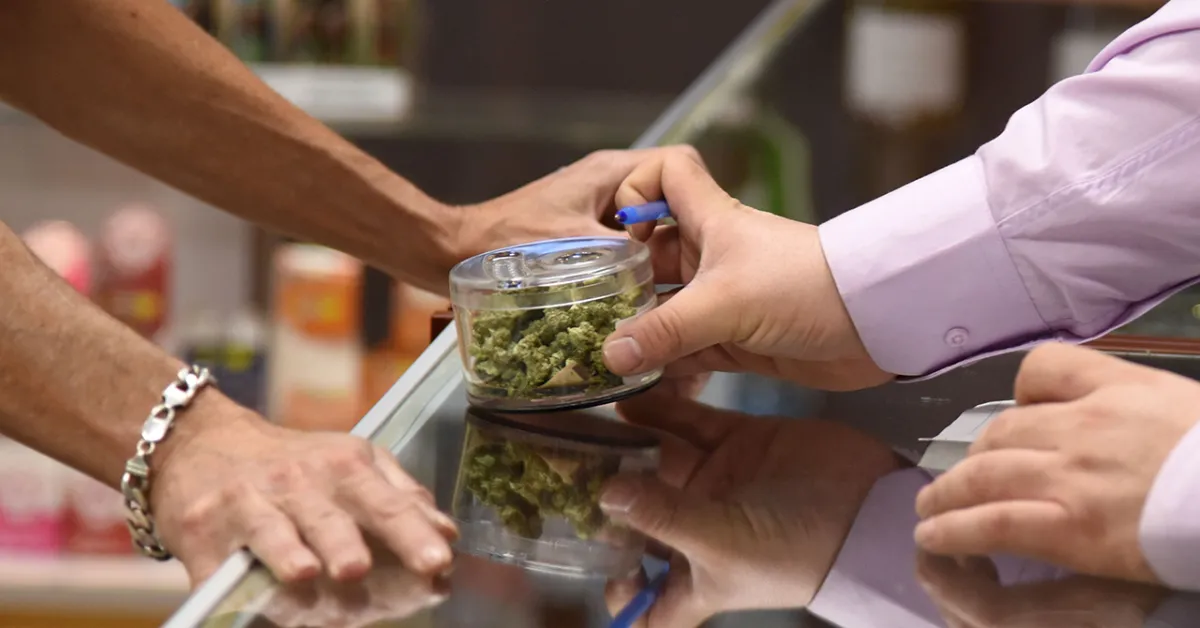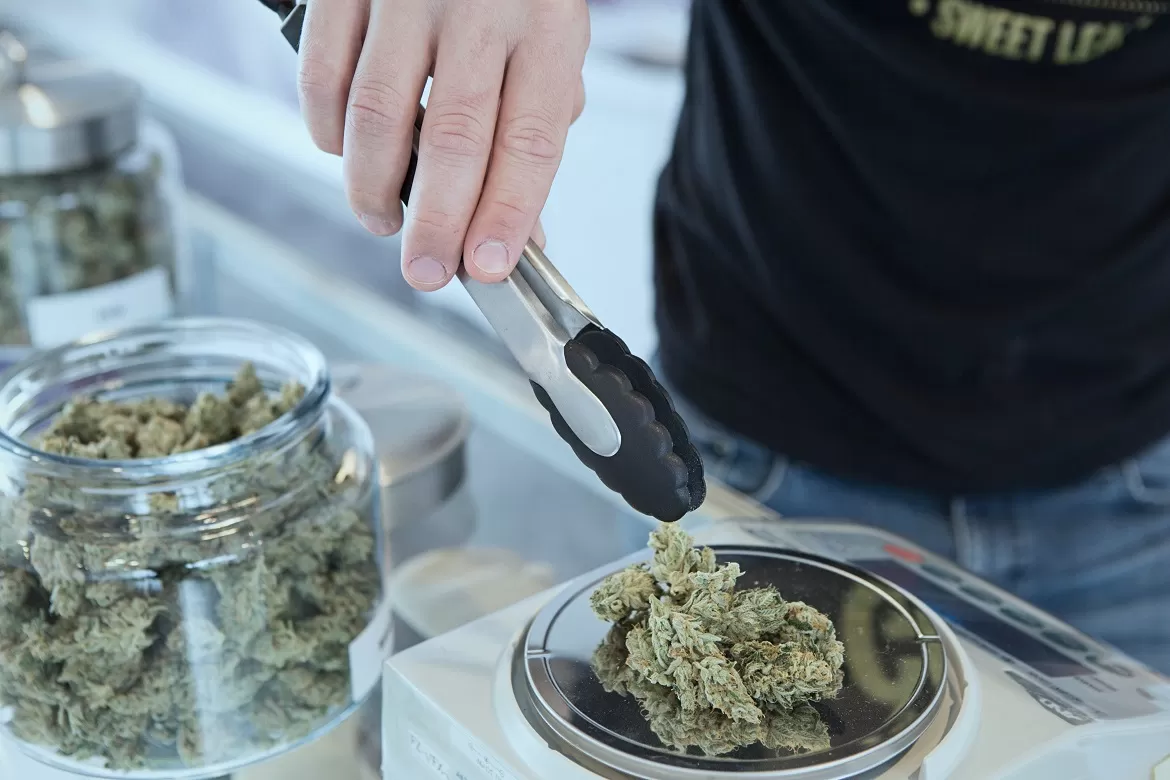What Are The Different Types of Hybrid Weed?
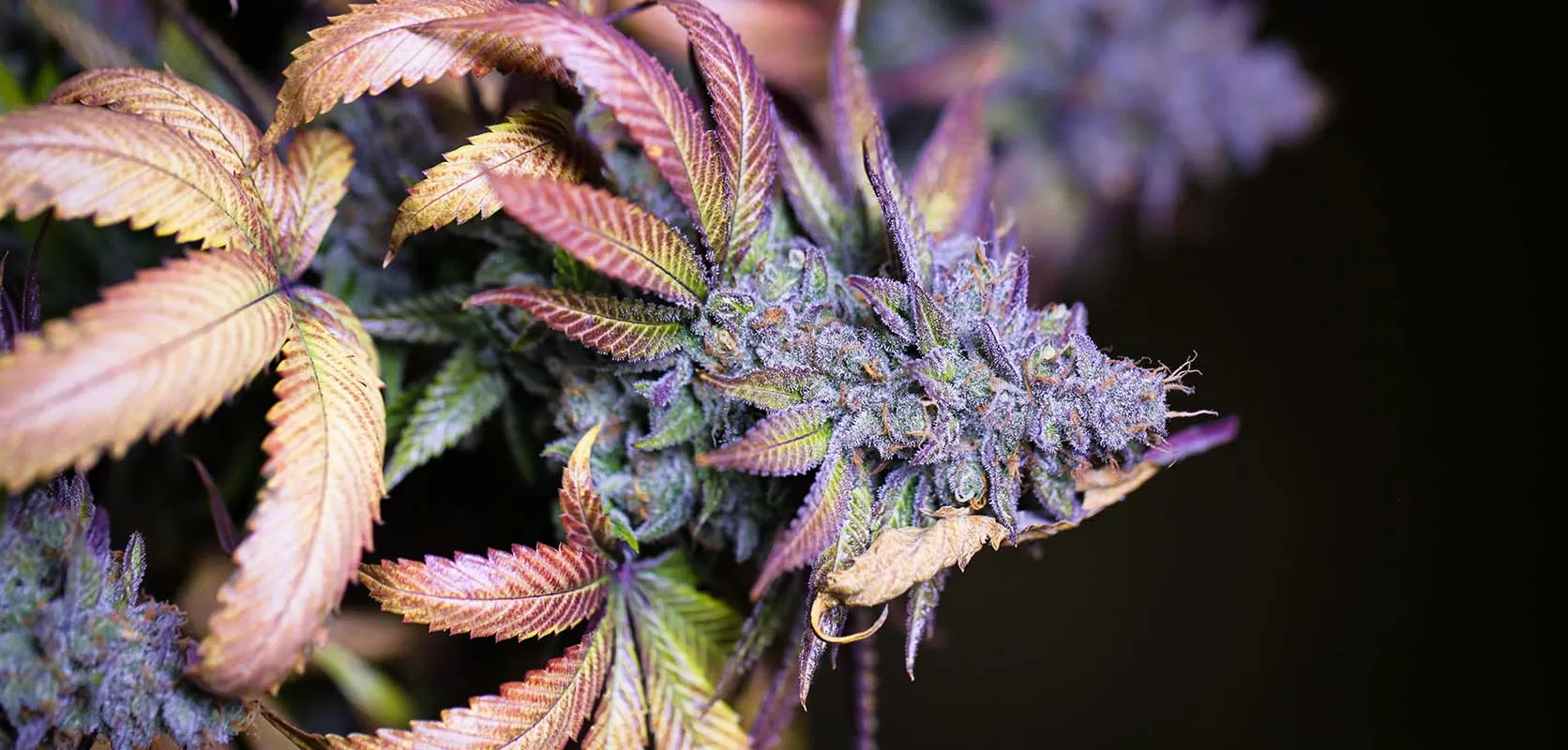
Hybrid cannabis strains are a crossbreed of two or more distinct types of cannabis plants, typically Indica and Sativa varieties. These hybrids are bred to combine the unique characteristics of their parent strains, resulting in a wide range of effects, flavors, and aromas. Here are several types of hybrid weed and their characteristics:
1. Balanced Hybrids:
Description: Balanced hybrids are designed to offer a mix of both Indica and Sativa effects, aiming for a harmonious balance between relaxation and mental stimulation.
Characteristics: These strains often have moderate THC and CBD levels, providing users with a mild to moderate high. They may offer relaxation without excessive sedation and promote a clear-headed, uplifting experience.
Examples: Strains like Blue Dream, Harlequin, and Cannatonic fall into this category, offering a blend of calming effects and mild euphoria.
2. Indica-Dominant Hybrids:
Description: Indica-dominant hybrids inherit more traits from their Indica parent strains, resulting in pronounced physical relaxation and sedation.
Characteristics: These strains tend to have higher levels of THC, leading to potent body highs that can ease muscle tension, promote sleep, and induce a sense of deep relaxation. They are often chosen for their therapeutic effects, including pain relief and stress reduction.
Examples: OG Kush, Girl Scout Cookies, and Blue Cheese are popular Indica-dominant hybrids known for their relaxing and calming effects.
3. Sativa-Dominant Hybrids:
Description: Sativa-dominant hybrids lean more towards the Sativa lineage, emphasizing cerebral effects that promote energy, creativity, and mental stimulation.
Characteristics: These strains typically have higher THC levels and lower CBD content, resulting in uplifting and invigorating effects. They can enhance focus, creativity, and mood, making them suitable for daytime use.
Examples: Jack Herer, Green Crack, and Super Lemon Haze are renowned Sativa-dominant hybrids known for their euphoric and energizing effects.
4. High-CBD Hybrids:
Description: High-CBD hybrids are bred to have elevated levels of cannabidiol (CBD), offering therapeutic benefits without causing a strong psychoactive high associated with THC.
Characteristics: These strains have minimal psychoactive effects and are sought after for their potential medicinal properties. They may provide relief from anxiety, inflammation, seizures, and various other medical conditions without significant intoxication.
Examples: Charlotte’s Web, ACDC, and Harlequin are well-known high-CBD hybrids appreciated for their therapeutic potential and minimal psychoactive effects.
5. Terpene-Rich Hybrids:
Description: Terpene-rich hybrids focus on the diverse array of aromatic compounds present in cannabis, contributing to unique flavors, scents, and potential therapeutic effects.
Characteristics: These strains emphasize specific terpene profiles that can influence the overall experience. For instance, strains high in limonene may offer a citrusy aroma and potential mood-boosting effects, while strains with high myrcene content might provide sedative and relaxing properties.
Examples: Gelato, Wedding Cake, and Pineapple Express are examples of terpene-rich hybrids appreciated for their distinct flavors and aromas.
Conclusion:
Hybrid cannabis strains encompass a broad spectrum of effects, flavors, and medicinal properties by blending characteristics from Indica and Sativa varieties. Their diversity allows users to find a strain that suits their desired experience, whether seeking relaxation, creativity, therapeutic benefits, or a balanced blend of effects. Experimenting with different hybrids can help individuals discover the strains that best cater to their preferences and needs, whether for recreational enjoyment or medicinal purposes. Always acquire cannabis from legal and reputable sources and consume responsibly within the bounds of local laws and regulations.

